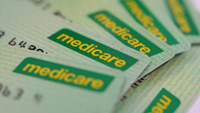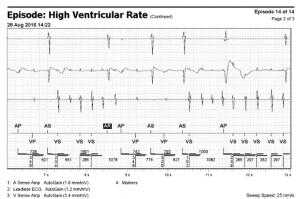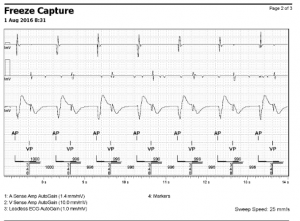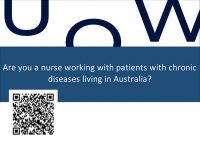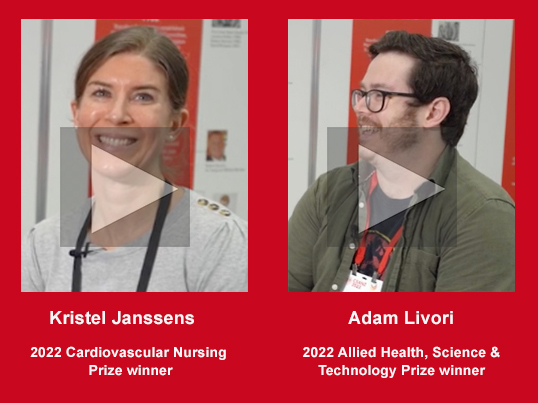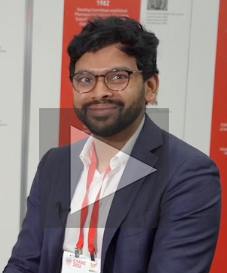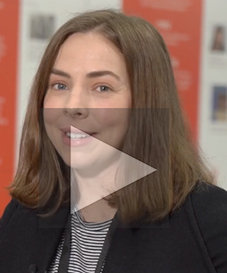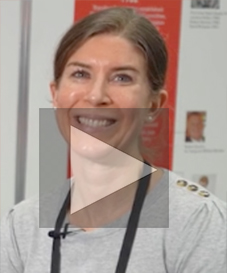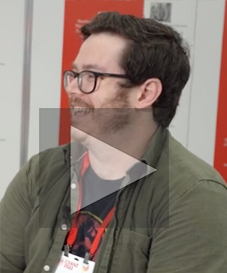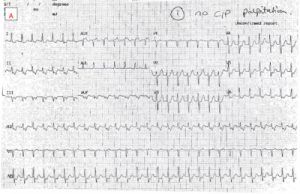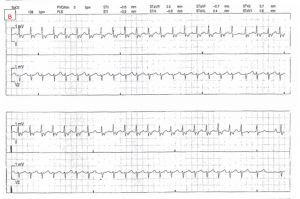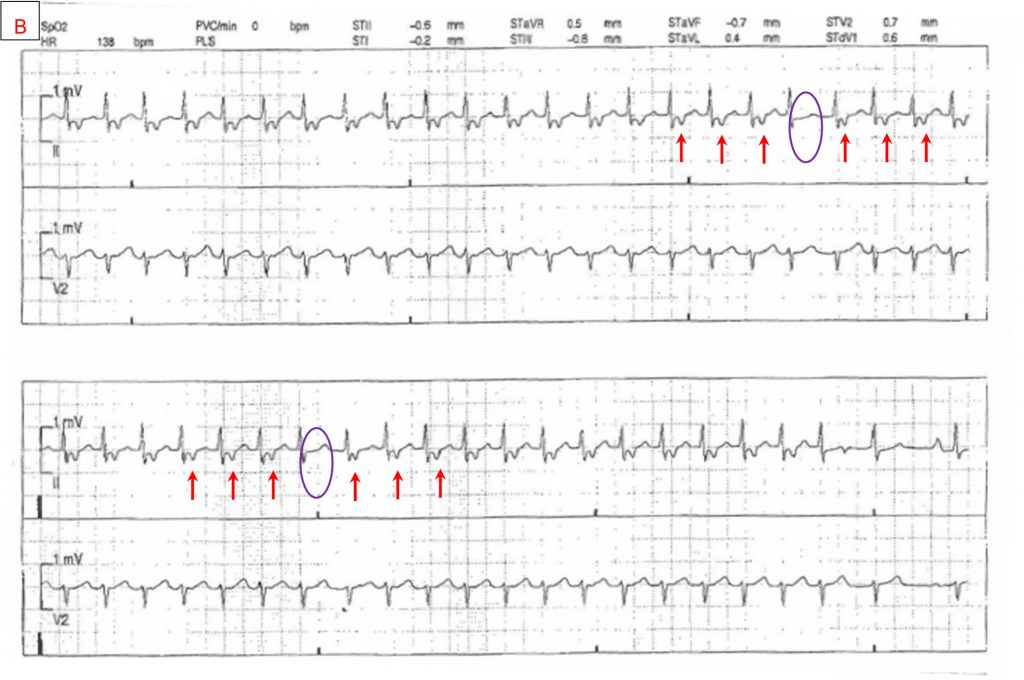Two new MBS items (11736 and 11737) will be introduced for remote monitoring of cardiac ILR devices. These new services will be remote mirror services of current in rooms service MBS items 11728 and 11731, allowing remote services to be performed. Refer to the Quick Reference Guide for further details now available on MBS Online.
In addition, 8 eight MBS items for cardiothoracic surgery items 38510, 38513, 38516, 38517, 38555, 38556, 38557 and 38572 will be amended to incentivise the use of advanced techniques and procedures. See full details of these changes on the MBS website.

